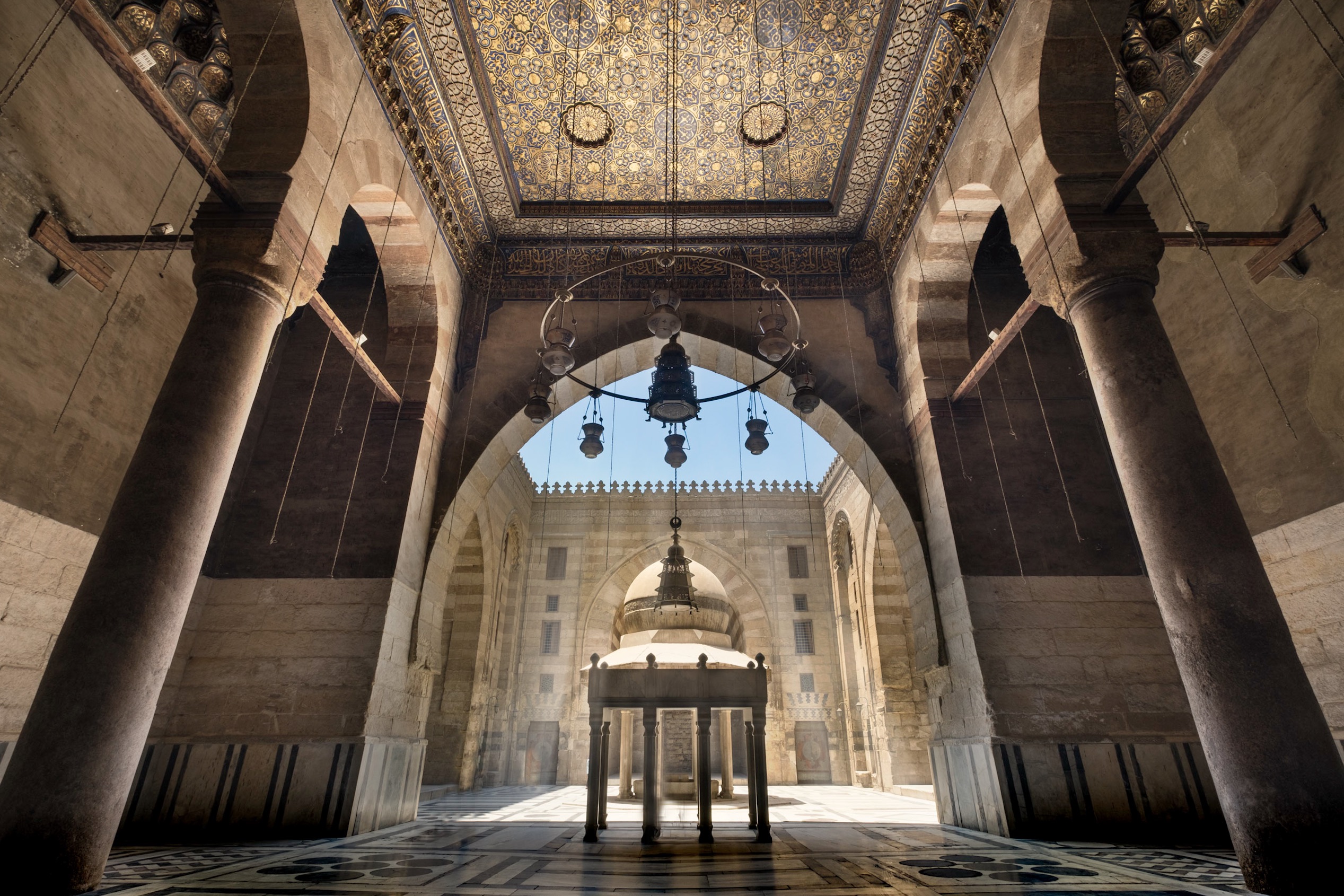
The Egyptian Ministry of Endowments announced Saturday that it has included hundreds of new mosques within the unified Adhan project in Greater Cairo.
The project for unifying the Muslim call to prayer aims to eliminate noise pollution caused by multiple mosques performing the call to prayer at differing times.
The head of the Central Department of Strategic Management at the Ministry of Endowments, Amr Shoukry, confirmed that 426 new mosques were included during the first quarter of the current fiscal year.
He said that this brings the total unified Adhan mosques to 3,538.
The Ministry of Endowments seeks to generalize the experience of the unified Adhan in the rest of the governorates across Egypt, with an emphasis on taking into account the time differences for each region.
The former Religious Endowments Minister Mahmoud Hamdi Zakzouk was the first to start implementing the project in Greater Cairo mosques.
At the end of 2009, Zakzouk launched the initiative to start a unified call to prayer in all mosques to address the problem of the call to prayer going off at different times.
The project initially targeted 4,000 mosques in the Governorates of Greater Cairo, which includes Cairo, Giza and Qaliubiya.
However the January 25, 2011 revolution plunged the Unified Adhan project faced a major crisis, however, with the theft of devices for the project from mosques.
Religious Endowments Minister Mohamad Mukhtar Gomaa revived the idea in 2014, but faced technical problems.
In 2019, Gomaa announced that the project would finally be implemented.
However due to ongoing technical issues, the experiment initially began in 115 mosques as a pilot phase, later expanding to include hundreds of mosques.
The project relies on the unified voice of one muezzin, according to the local time for each governorate separately, and that is via the joint broadcast signal in mosques through the wireless receiver.
The broadcast system in the unified Adhan is characterized by the average volume of the microphone.
In order not to disturb the people of the area and the neighboring population, it has been pre-set by the sound engineers, so that no one can manipulate the broadcast and the volume level.
Mosque workers are vital to the project, as they will open the receiver five minutes before the Adhan and then close the receiver after it is finished. After the receiver gets the signal it then broadcasts the Adhan.
The receiver consists of two electronic pieces, and a concave metal unit to receive the broadcast, which is installed at the top of the mosque.




